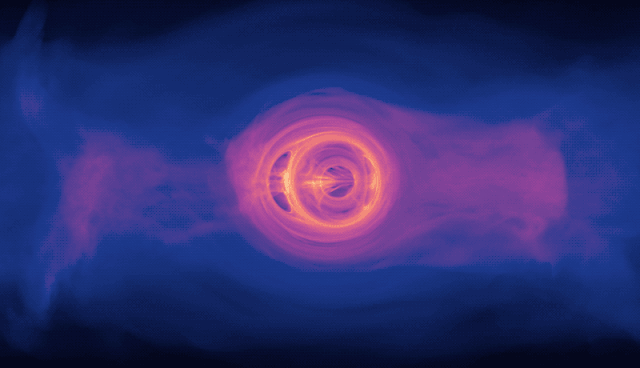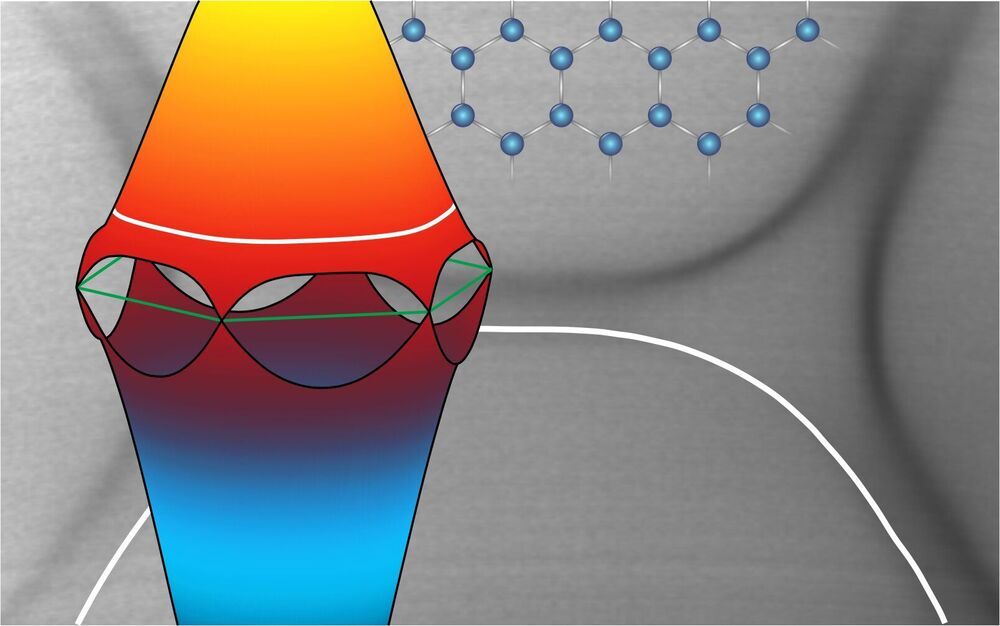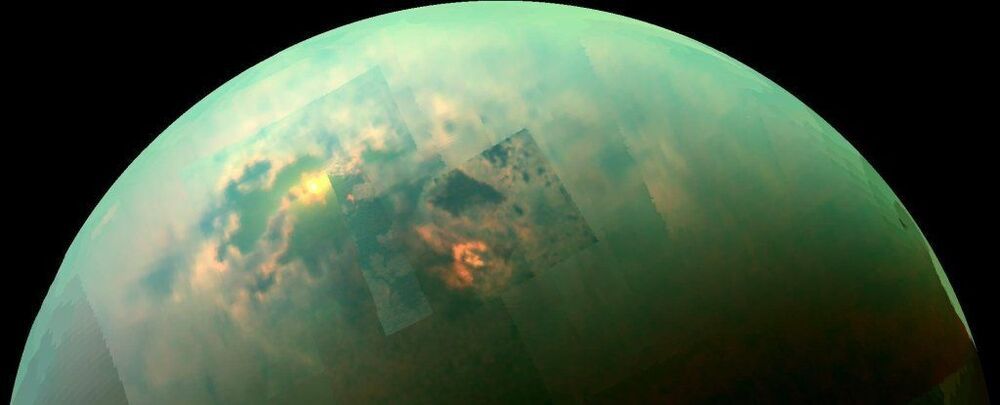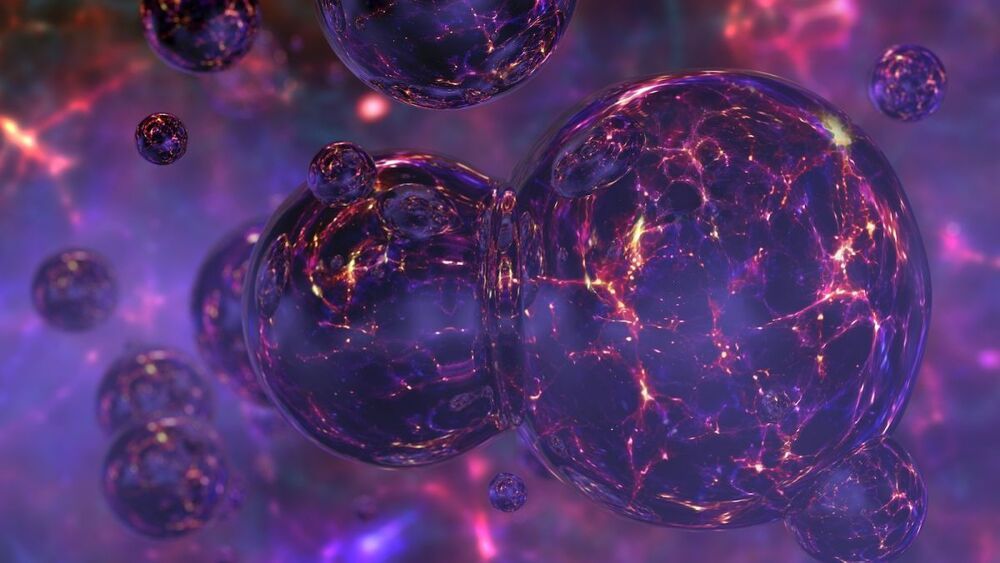Startup Cerebras benchmarked its pint-sized computer against 16,000 Xeon cores in the DoE’s Joule supercomputer on a problem of computational fluid dynamics.
That is a bit odd o.o
A woman found a massive tooth the size of her palm sticking out from the sand on a South Carolina beach, believed to be from a prehistoric megalodon shark.
Researchers warn that official figures underestimate the pandemic’s real death toll, which could more than triple if the virus is allowed to spread unchecked.
Physicists have discovered a special kind of particle can exist around a pair of black holes in a similar way as an electron can exist around a pair of hydrogen atoms — the first example of a “gravitational molecule.”
For over a decade, theoretical physicists have predicted that the van Hove singularity of graphene could be associated with different exotic phases of matter, the most notable of which is chiral superconductivity.
A van Hove singularity is essentially a non-smooth point in the density of states (DOS) of a crystalline solid. When graphene reaches or is close to this specific energy level, a flat band develops in its electronic structure that can occupy an exceptionally large number of electrons. This leads to strong many-body interactions that promote or enable the existence of exotic states of matter.
So far, the exact degree to which the available energy levels of graphene need to be filled with electrons (i.e., “doped”) in order for individual phases to stabilize has been very difficult to determine using model calculations. Identifying or designing techniques that can be used to dope graphene to or beyond the van Hove singularity could ultimately lead to interesting observations related to exotic phases of matter, which could in turn pave the way towards the development of new graphene-based technology.
Titan, the already pretty weird moon of Saturn, just got a little bit weirder. Astronomers have detected cyclopropenylidene (C3H2) in its atmosphere — an extremely rare carbon-based molecule that’s so reactive, it can only exist on Earth in laboratory conditions.
In fact, it’s so rare that it has never before been detected in an atmosphere, in the Solar System or elsewhere. The only other place it can remain stable is the cold void of interstellar space. But it may be a building block for more complex organic molecules that could one day lead to life.
“We think of Titan as a real-life laboratory where we can see similar chemistry to that of ancient Earth when life was taking hold here,” said astrobiologist Melissa Trainer of NASA’s Goddard Space Flight Center, one of the chief scientists set to investigate the moon in the upcoming Dragonfly mission launching in 2027.
The city that kept slavery silent
Posted in futurism
The Dominican Republic was home to the first black people in the Americas. So why has Europe’s oldest permanent settlement in the Americas turned its back on its African past?
Elon Musk wants to connect all corners of the planet via space, but his thousands of orbiting routers may pose a risk to satellites and to science.
Extreme quantum states.
A new mathematical framework helps physicists define the degree of quantumness of a system.
Despite expert advice against paying up, most victims of ransomware attacks in the region, including 88% in Australia and 78% in Singapore, have paid the ransom in full or in part, and the number of such attacks is only going to keep climbing amidst accelerated digital transformation efforts and remote work.









